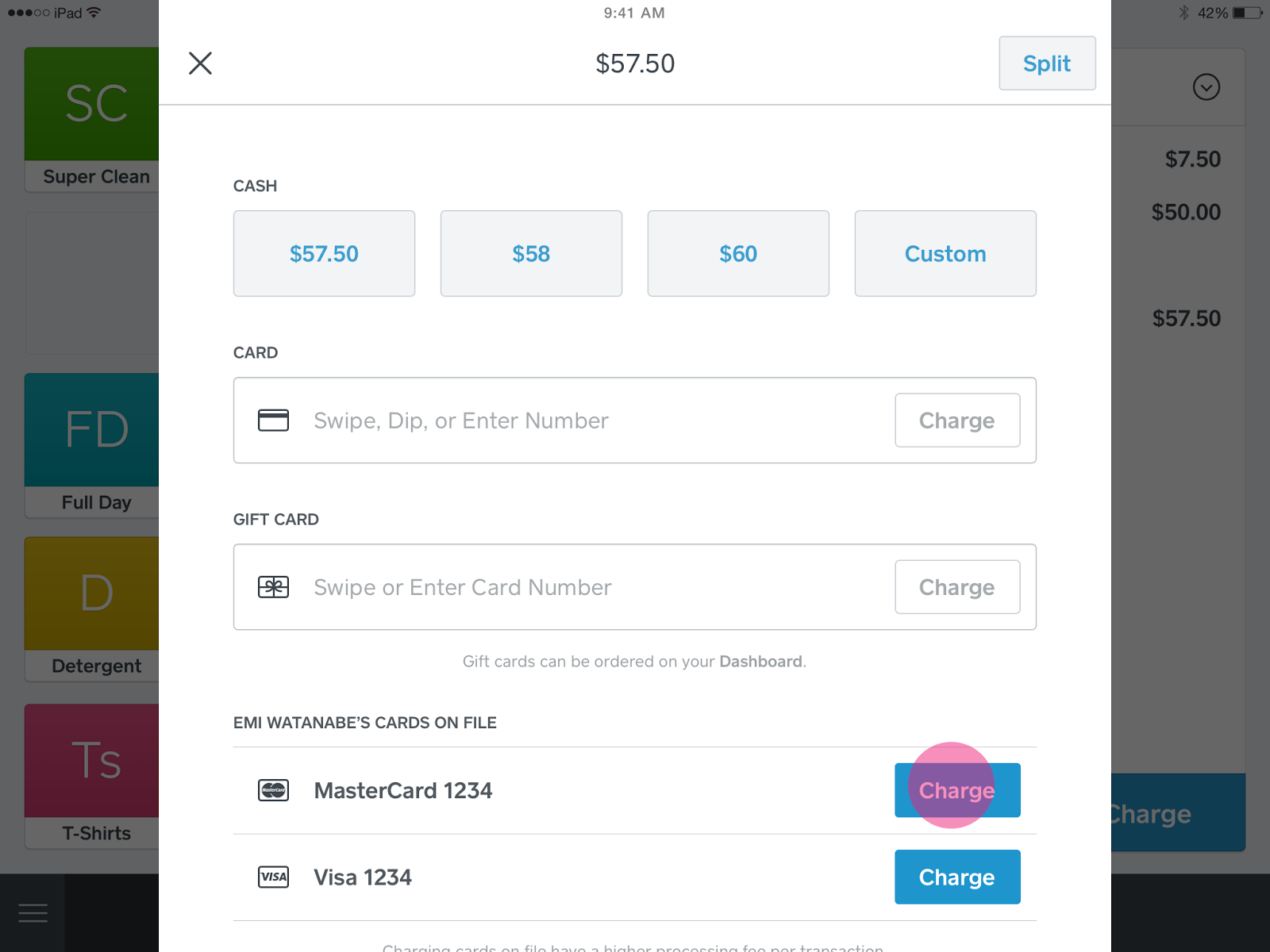Introducing enhancements to Square’s Register API
Square has released a set of new features and enhancements to its developer platform.
Square has released a set of new features and enhancements to its developer platform. These enhancements are part of the Register API and include:
-
The ability to pass a Customer ID to a register app and keep the customer’s card details on file;
-
Removing the requirement to build out the OAuth flow for merchants using a developer app; and
-
Android Web API.
Ability to pass a Customer ID to a register app and keep card details on file for the customer
Note: This is a new feature for iOS that was already available for Android.
On iOS, it is now possible to pass a customer ID into a Register API initiated transaction request. The customer ID can be retrieved using our ListCustomers Endpoint.
When a customer ID is passed to Register API, two things happen:
-
The customer will be attached to the sale. This means that if you pull a list of transactions after the fact, this is the customer ID that will come back in the response as part of the Tender object.
-
If you’ve added the
CARD_ON_FILEtender to the request, the cards on file associated with this customer ID will appear as part of the card on file tender type on the payment options screen during checkout.
Card on file helps speed up the checkout process with returning customers
For more details, visit our developer portal here.
Removed the requirement to build out the OAuth flow for merchants using a developer app
Note: This enhancement is available on both iOS and Android.
Previously, if you wanted merchants to use your app, you were required to build out the OAuth flow. This flow redirects a merchant using a third-party app to a web browser, where the merchant signs in using their Square credentials and approves certain permissions, thus enabling the third-party app to process payments on the merchant’s behalf.
Oauth requirement has been removed to enhance the user experience
However, the merchant was also required to download and sign into the Square Register App on their device, which wasn’t an optimal flow.
By removing the OAuth requirement, merchants will only have to sign in once within in the Register App, and no longer via the OAuth flow. This allows you to get up and running much faster, removing the need to stand up a server to support the OAuth flow.
Android Web API
Note: The iOS Web API has been available on Square’s developer platform since March 2016.
If you are building an Android web-based POS solution that requires processing in-person payments, you can now use the Register API to do that.
Customized bike shop app built with Android web-based POS
The flow is as follows:
A merchant uses the web-based POS on a mobile device from within a mobile browser. When it’s time to charge, the merchant taps a button; the device app switches into Register; the merchant proceeds through the payment flow within Register; and when the transaction finishes, the Register app switches back into the mobile browser.
For those who don’t have native mobile expertise, this new feature makes it extremely easy to integrate EMV payment processing for any business. With the Square iOS web API and this new Android version, we are now excited to offer a cross-platform web point-of-sale solution.

